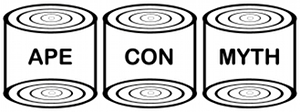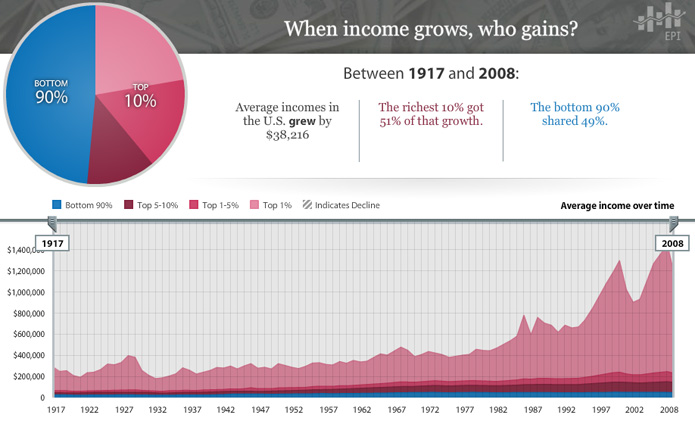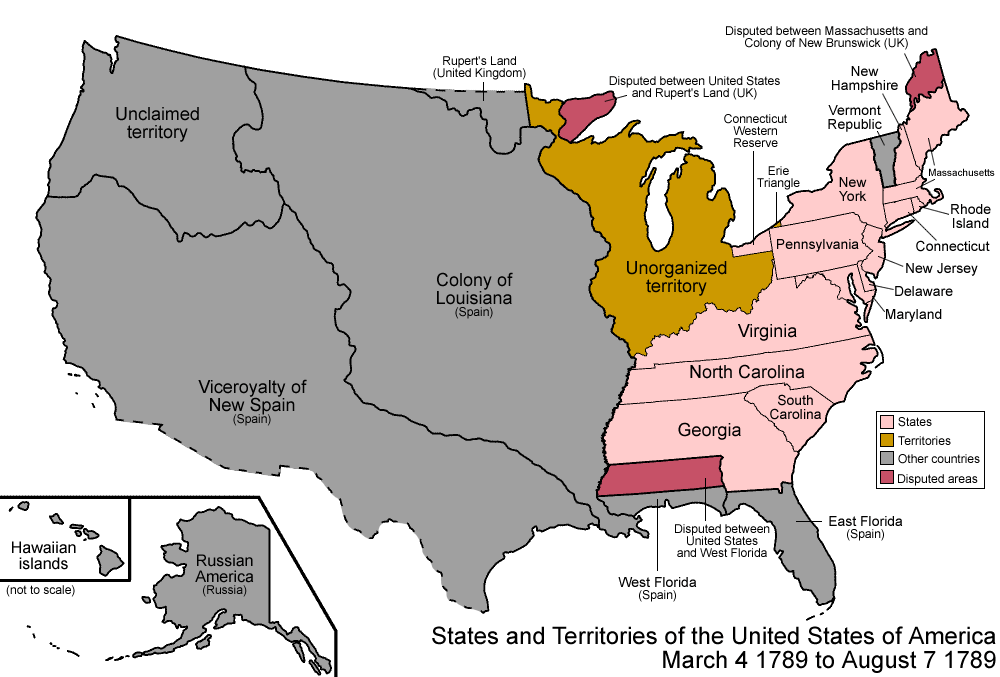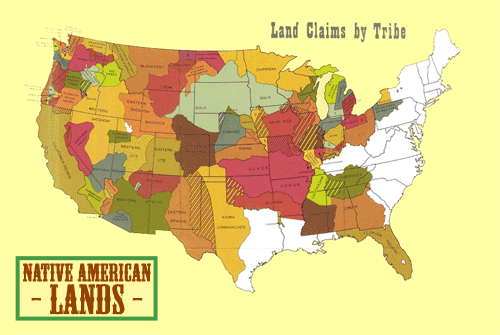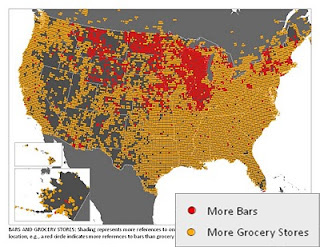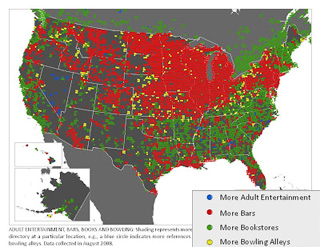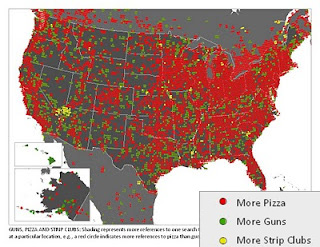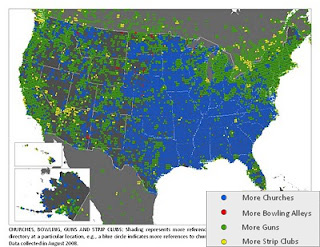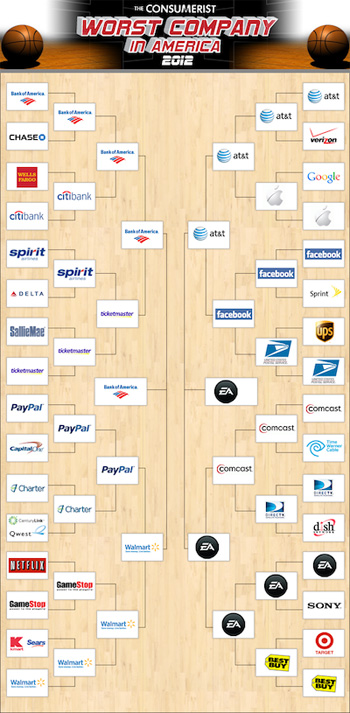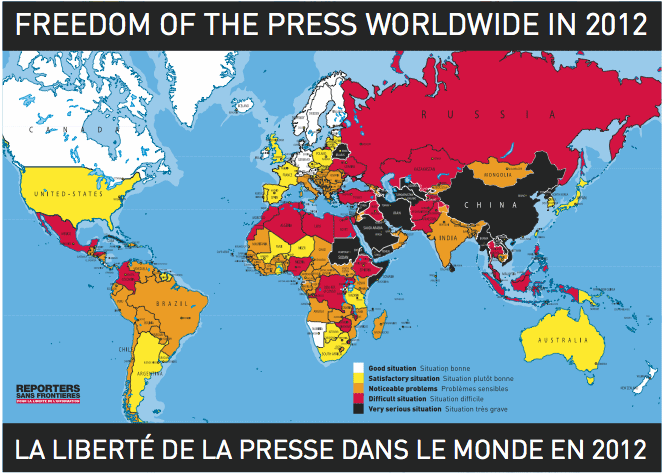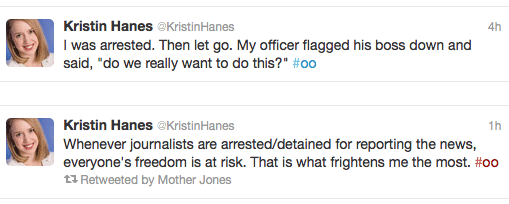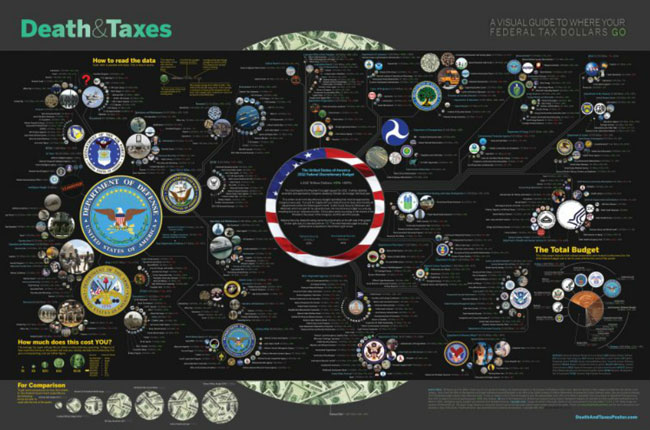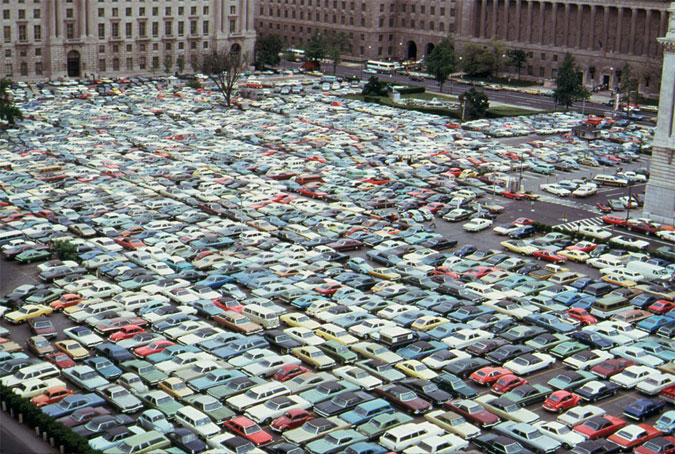Every once in a while you have to reassess the things you are proud of. Is the quality that first inspired you still important? Is it still there?
Does the idea of America in your mind include the Czech Republic possessing a vastly superior ability to keep its citizens above the poverty line?
Is being below-average part of the plan?
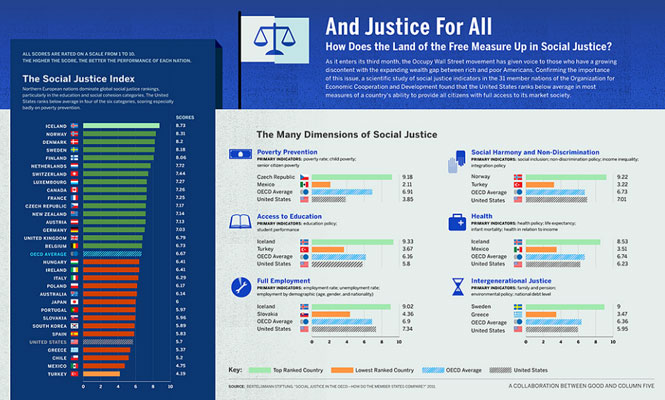 (click for the full-sized version)
(click for the full-sized version)
The way our government operates, you’d assume it represents a nation of people only interested in corporate profits. As if our drive as a nation were to put money over every other concern, from the quality of products and services to the quality of life itself.
If the economy can not remain stable, if a person can not create a livelihood within the economy, the economy can not be called dependable. It becomes a risk that must be hedged. The government represents the people’s hedge.
If big business can not deliver, they should lose the competition, not be allowed to rewrite the rules so they still win. If they don’t want to compete, they are unfit to lead and endanger us with their attempts to manipulate our government.
They can go to the back of the pack if they want, but should not be allowed to take our country with them. We’re better than that.
This isn’t Corporate America. This is the United States of America. We’re the boss here.
[
Infographic from
GOOD Magazine]









